Graffiti – The Canvas of the Crossings
Written by Staff on April 19, 2023
A cloud of cobalt paint dusted the edge a fat, black outline and she pulled back to spread it out. The cans of yellow, blue and white rattled around in her duffel bag like hostages that didn’t know how to keep their mouths shut. The yard was quiet, and she knew when the train would show to pick up cars because it was clockwork. Only worry was the guard in the pop-up trailer, and the rumor that he’d cut a hole open in the fence to let coyotes come in and do his job for him.
Be it cultural cannon fodder or a case study for the social cynic or a celebrated art in motion, graffiti usually evokes a strong feeling in those who see it. With humble beginnings on the rooftops of New York to the rolling cars of the Canadian Pacific line, graffiti, in particular rail graffiti, courses through the world’s arteries like corpuscles.
According to Rafael Schacter, an anthropologist at University College London, credit should be given to TAKI 183 for the start of the graffiti movement, and we’re talking late 60s, early 70s here. A street messenger, he’d write, or “tag” on surfaces a shortened version of his first name, Dimitraki, and the street he lived on, when he was going through neighborhoods. The New York Times wrote him up in 1971, and from that, it caught on, with others competing to see who could do the most tags. To “get up.”

Lee Quinones.
TAK-183 wasn’t tagging trains. But he was tagging New York. The New York City Subway was where rail tagging began with people like Lee Quinones, a.k.a. Zorro, with graffiti on passenger cars. And once it started, it grew organically.
Quinones was the one who arguably started the subway graffiti movement. Puerto Rican born and a resident of the Lower East Side, Quinones painted whole entire cars, usually with pop culture or political themes.
In the early to mid-seventies, no one was thinking about subways. Not the MTA, anyway. Security was lax at the depots where cars stood still long enough to pick up a coat of spray paint. And subways went throughout the city – you could hang out in a subway station all day and catch a free art show. It was at once a growing treat and a growing scourge. But it was uniquely New York.
That would change. A book. To be precise, a picture book by Martha Cooper and Henry Chalfrant called Subway Art showcased the hard work of the Big Apple’s graffiti artists. Subway Art blew up, went all over the world, and suddenly the hiss of a spray can was a universal language. In addition to that, films like 1982’s Wild Style and 1983’s Style Wars took viewers inside the world of the forbidden subculture.
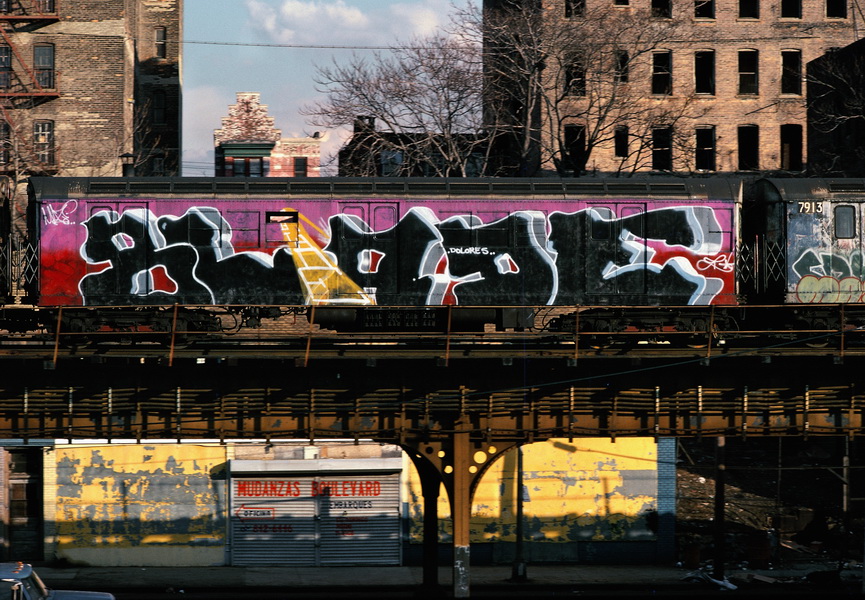
Blade.
Not everybody was amused, especially not New York mayor Ed Koch, who seriously considered putting wild wolves in train yards to stop graffiti artists.
In an interview, Koch said to “put in wolves because there’s no reported case of a wolf in the wild state ever attacking a human being in North America—it’s happened elsewhere, but not in North America…”
But wolves there would not be. Unfortunately, what would be was pretty devastating to the nascent art movement. In addition to increased security at train yards and subway car designs that were easier to clean, his “Run Clean” policy in the 80s meant that no train would run with graffiti on it. They would be pulled out of service and cleaned before being cleared to run. This didn’t end subway graffiti by a long shot, but it did make the practice an arms race.
It’s also important to realize that as New York was cracking down on subway graffiti, artists like Zephyr, SENTO, CAVS, CAVE and others had started tagging and doing pieces on freight trains.
These battle lines between scruffy, paint-stained scofflaws and the ever rule abiding John and Jane Citizen might make one wonder what’s in it for graffiti artists. Is it just to twist the squares? Is it a pure artistic impulse spelled Krylon?
There are a few things that motivate graffiti artists, or “writers.” Aroe, groundbreaking graffiti artist and member of the MSK, a national graffiti powerhouse, had this to say, “Graffiti is about one-upmanship, marking territory, flag-waving, peacocking – but it’s also about claiming an identity with a clan or crew. You write the crew name and you’re saying me and these individuals are one.”
One-upmanship and marking territory leads to talk of “kings” and “toys,” two terms separated by the number of tags, “throw-ups” and pieces they have. For example, look no further than artist Blade, “King of Graffiti,” with over 5,000 tags and pieces out there.
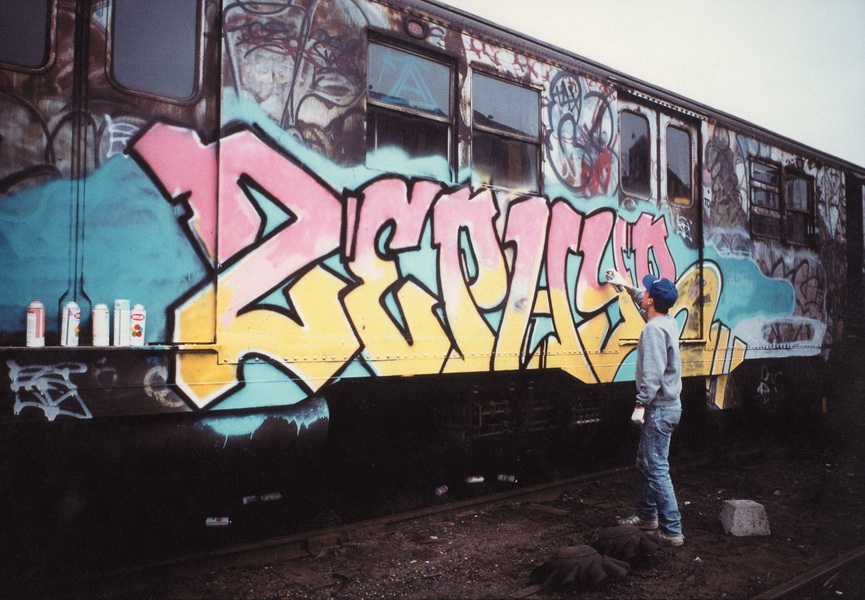
Zephyr
Social identification is huge in graffiti, and it may be thought along the same lines as gangs and social inclusion, or exclusion, of the poor and working class. But there is debate about who exactly is doing graffiti, and where they come from.
Aroe takes a middle-class view. “Working-class people don’t tend to do it for as long,” he says. “Because if you’re from a middle-class background, you may be more able to get out of trouble.”
But an artist of 25 who chose to remain anonymous differed in opinion, based on his own work. “It’s a multi-class subculture,” he says. “But it’s mainly the working class and disenfranchised. I’ve met way more working-class writers and definitely 90% of the hardcore writers were working class too.”
But there are other reasons besides one-upmanship and inclusion within a group. Think of a train that goes all over the country with your artwork on it. People do graffiti to become somebody, to have an identity. And in the case of artist Lady Pink (Sandra Fabara) graffiti can be a way of dealing with tough emotions after the loss of a loved one.
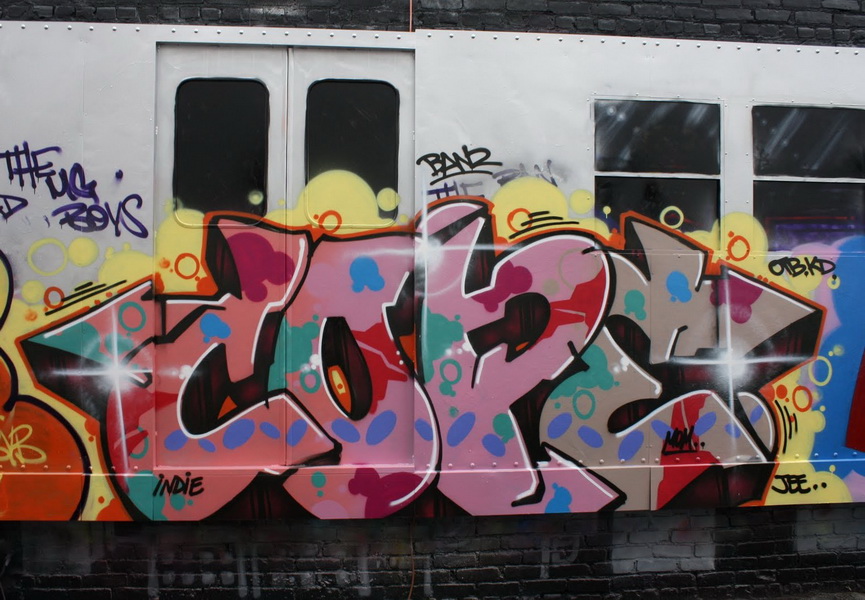
Lady Pink
And let’s not forget the thrill of the chase. It’s dangerous. You can get electrocuted in the subways. You can get hit by a train. And if you get caught, you can get nailed for vandalism and trespassing, and trespassing in a rail yard can have added penalties. Some people are just good ole’ fashioned adrenaline junkies.
But if you avoid getting caught, you might have your name and your work recognized. You may get the respect that Blade gets with their crown, or you may find solace in your grief through a supportive community like Lady Pink. Or you might move an entire street art scene like Zoro did with the mural he painted on a handball court in the Lower East Side.
There are legends, of course, and we’ve mentioned many of them here, but as is often the case, the names get lost in the work. Know that for every person named here, there are a thousand artists somewhere in the world giving tanks of petroleum, or something less speakable, a new face. Sometimes literally.
If you’ve gotten to the end of this article – you know, right here, and you think this is glorifying vandalism and trespassing, it isn’t. It’s glorifying art. Maybe if rail companies hired artists to paint the drab cars that stop traffic for five minutes, or murals were encouraged in urban spaces instead of cold gray cinderblock, maybe there’d be no graffiti. And as far as glorifying the breaking of laws, be aware that Wall Street’s not too far from the Lower East Side.
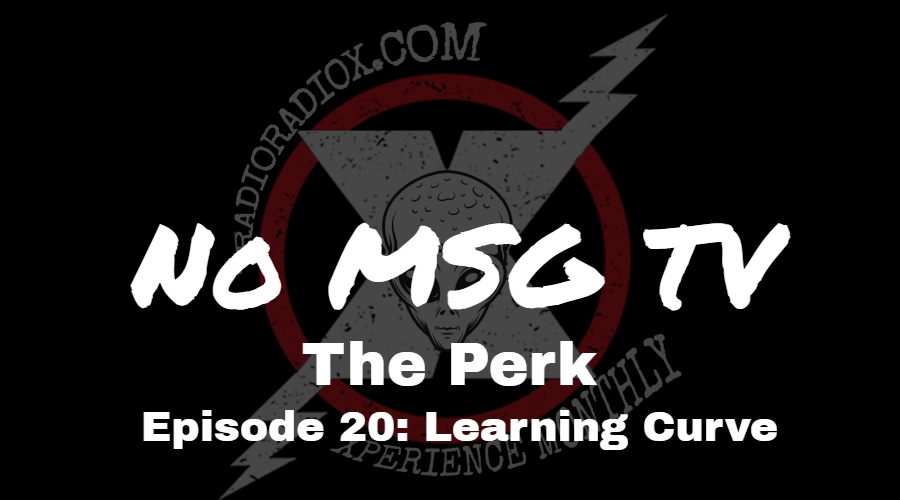

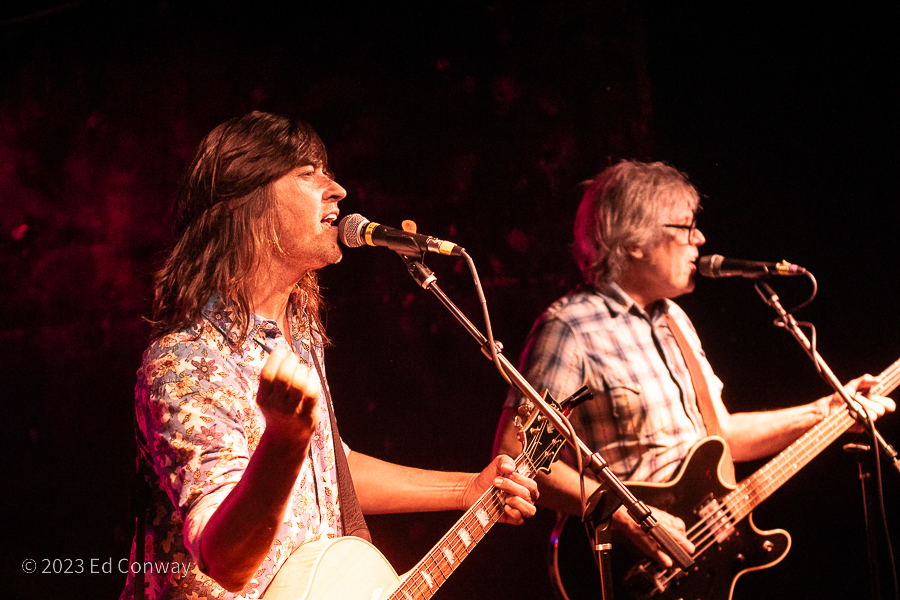

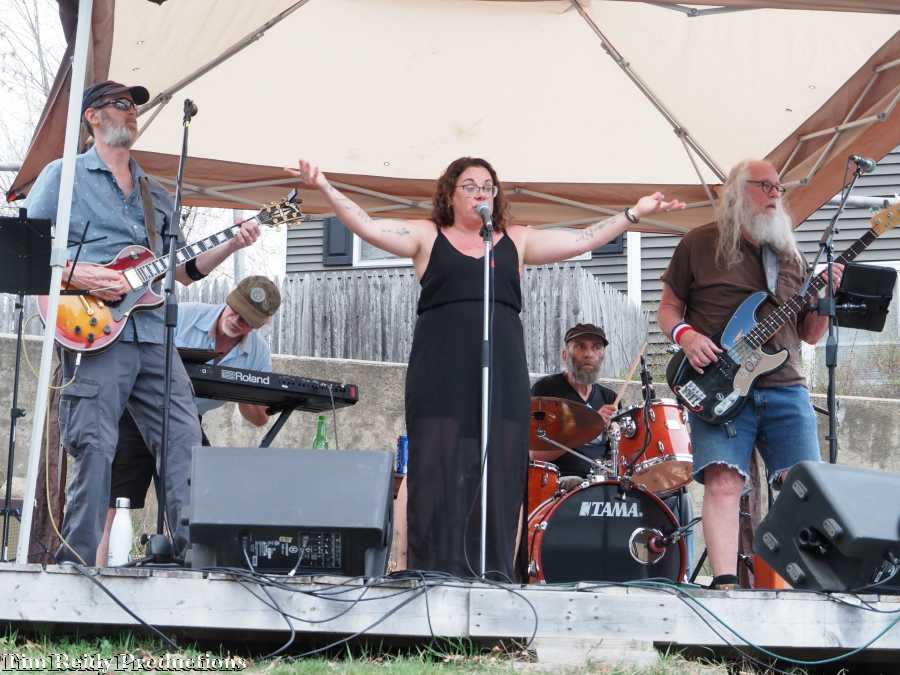
 RadioRadioX
RadioRadioX